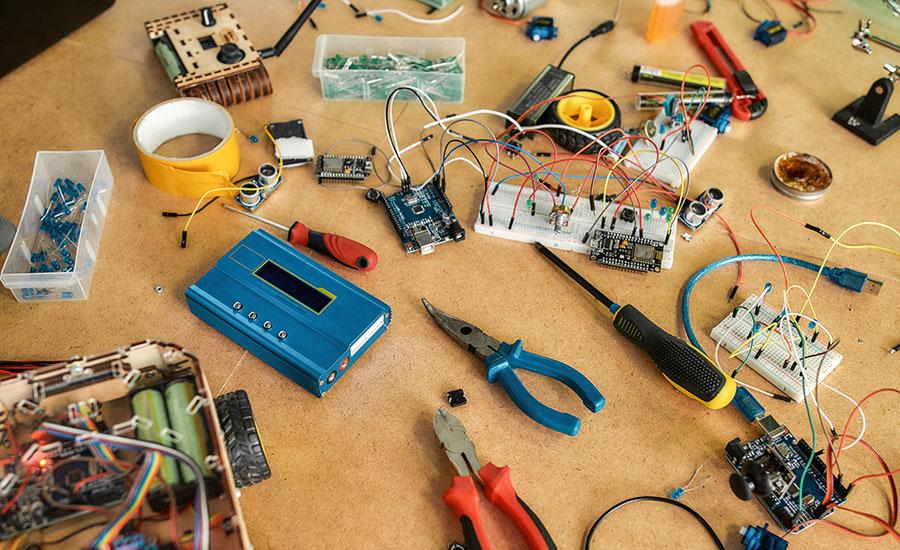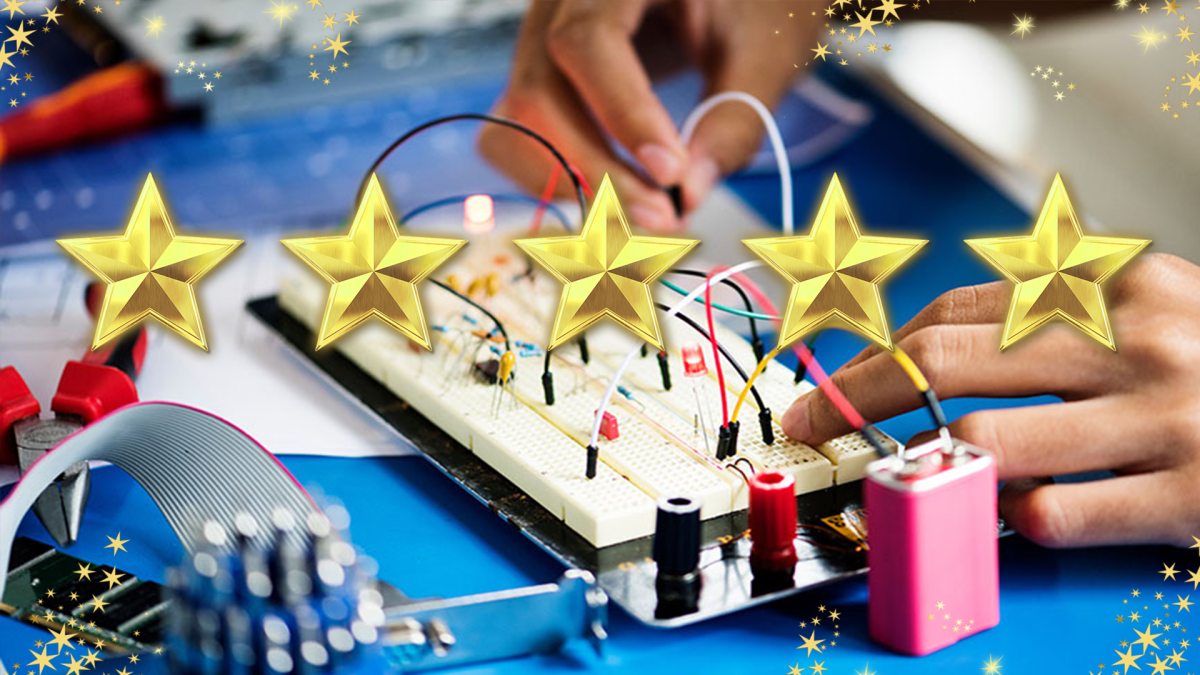The investigation focuses on exploring the impact of hose length on water flow rate in a solar-powered pump system. Students will set up a simple experiment using a solar pump connected to hoses of
In this lesson designed for 7th grade, students will explore increasing and decreasing magnetic field of electromagnets by changing the iron core, wire gauge, or wire coils to determine which variable
Students will understand the concept of levers as simple machines and will identify and classify everyday objects as levers. Students will apply basic mathematical concepts to measure and compare the
Students get to investigate how energy transfers using different phenomena. They practice using a Colorado PhET simulation on the differences between potential and kinetic energy. Students will
Students read the story "Just a Second" to introduce students to geologic time. Next, they are given an activity to understand how long is 4.6 billion years. Then students complete a lab that allows
This is the part 2 of composting lesson aligned to narrative writing. In this lesson, students embark in the experience of observing the decomposition process of the materials, identifying the factors
This is the part one of the composting lesson that is aligned to the ELA standards of narrative reading and writing. In this lesson, students build their experiences by preparing the bucket composters
This four lesson unit helps students explore the steps involved in the initial building of a new school: selecting a site based on the boundary and size of the land and then explores light energy and
This lesson was developed to spark student interest with a game component while learning to use the features in productivity applications and Canva. The focus is on learning the applications and
Students learn about the chemistry that exists in some of the world's oldest surviving paintings. This lesson is the final part of a 3 part painting series, and focuses on binding agents in paint
In this laboratory you will use the ELISA (Enzyme Linked ImmunoSorbent Assay) for detecting the presence of an antigen, such as a disease-related agent, from a sample of body fluid. You will be given
This lesson was developed to spark student interest with a game component while learning to use the features in productivity applications. The focus is on learning the applications and process of game
In the captivating lesson, "Dive into the World of Atoms," sixth-grade students embark on a journey into the microscopic realm to discover the fundamental building blocks of matter. The class kicks
This lesson is a continuation of learning where we will be able to place a greenhouse on the school grounds. The students are an active part of this process. This lesson includes discovery of how much
Lesson plan integrating Arizona Science and ELA standards for comparing and researching animal cells and plant cells, followed by a creative video project where students personify the parts of a
This lesson uses common foods to study the chemical compounds found in foods, both natural and synthetic.
Students will survey the area around their school for Buffelgrass.
Students will compare Eind vs. Solar by using two kits from Thames & Kosmos.
Students use a 2-D physics sandbox, called Algodoo, to simulate the factors that might affect the period of a circular orbit of a planet about a star. Students develop Kepler's 3rd Law conceptually by
Creating a photosynthesis model out of clay or play-doh and making a video/podcast as an expert panel to provide information and discussionm.
In this 3 day lesson plan, students will discover the relationships between the sun, earth, moon, solar/lunar eclipses and the tides.
In this unit, students will explore the interdependencies in a system and uncovers circular causal connections. Students will use a stock-flow game, specifically the “Mammoth Game” to simulate how
In this unit students will observe how elements within a system changes over time, generating patterns and trends that affect the ecosystem of bees. Students will use Stock-Flow Maps to show the
Students will build a model of a riverbank inside of a liter bottle. They will use different materials to improve the riverbank and lessen the erosion. Students will research and investigate what
Featured Lesson Plans
Check out these notable lesson plans.

This is a great opportunity to show students that coding can be a lot of fun, and it doesn’t have to be scary. Many high school students with little to no prior coding experience often automatically

A Shocking Dystopia: STEM Adventures in The City of Ember Part 4 of 4: Where the River Goes
This lesson is PART 4 of a four-lesson unit, which focuses on futures thinking, the phenomenon of electricity, closed-system agriculture, and water as a renewable energy resource. “The City of Ember”

A Shocking Dystopia: STEM Adventures in The City of Ember Part 3 of 4: A Problem in the Greenhouse
This lesson is PART 3 of a four-lesson unit, which focuses on futures thinking, the phenomenon of electricity, closed-system agriculture, and water as a renewable energy resource. “The City of Ember”
